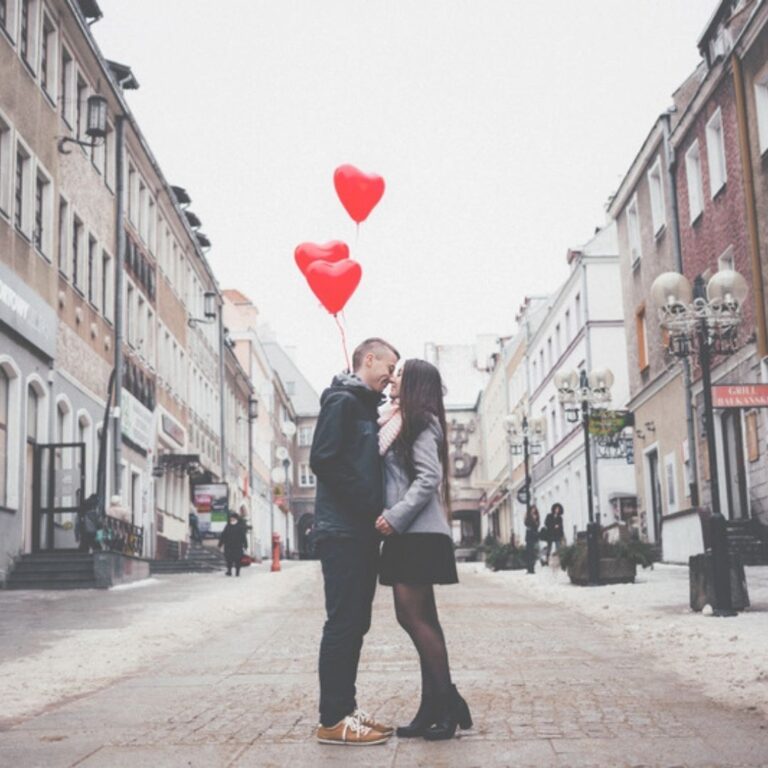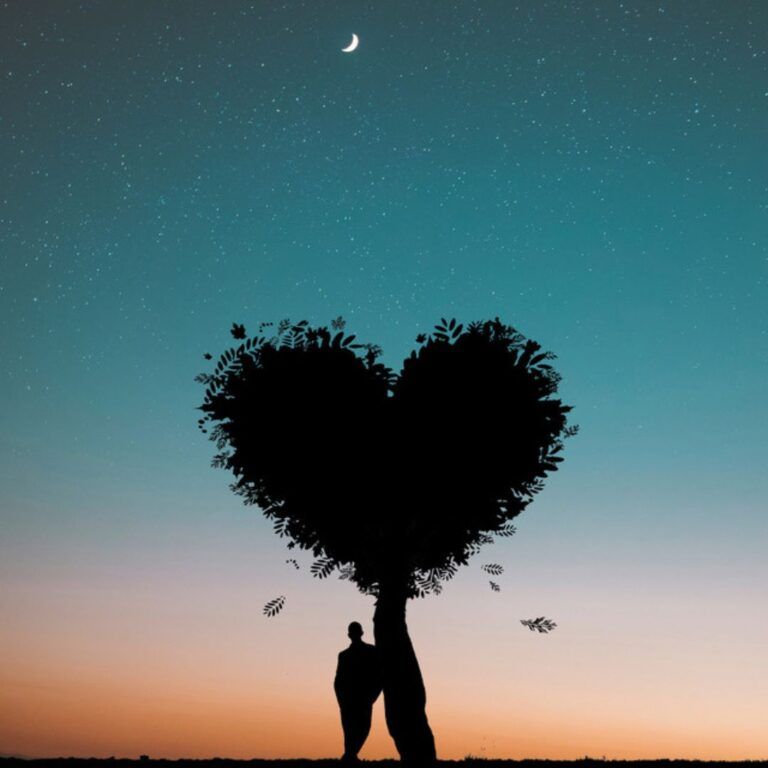Welcome to Riya’s Blogs, where we delve into the profound relationship between art and emotion. In this article, we explore how artists throughout history have masterfully depicted the complexities of the human experience, stirring our emotions and transcending mere visual representation.
Understanding the Power of Art
Art is more than just a visual medium; it is a language of emotions, a universal form of expression that transcends cultural boundaries. From the ancient cave paintings of Lascaux to the Renaissance masterpieces of Leonardo da Vinci, art has always served as a mirror to society’s joys, struggles, and aspirations.
The Emotional Palette of Art
At the heart of every great work of art lies emotion—raw, unfiltered, and deeply human. Whether it’s the haunting melancholy of Edvard Munch’s “The Scream” or the serene beauty of Monet’s water lilies, artists harness emotion to evoke powerful responses from their audiences. Each brushstroke, each composition, is carefully crafted to elicit specific feelings and provoke introspection.
Techniques in Capturing Emotion
Artists employ various techniques to imbue their works with emotion. Color theory, for instance, plays a pivotal role in setting the mood—warm hues like reds and yellows can evoke passion and intensity, while cooler tones like blues and greens evoke tranquility and melancholy. Texture, composition, and perspective are also employed to guide the viewer’s emotional journey through the artwork.
Evolution of Artistic Expression
Throughout history, artistic movements have reflected changing societal attitudes and emotions. The Romantic era, for example, celebrated the individual experience and the sublime beauty of nature, while the Impressionists captured fleeting moments and the play of light on everyday scenes. Modern and contemporary art continue to push boundaries, challenging viewers to confront new emotions and perspectives.
Art as a Reflection of Society
Artists are often the keenest observers of society, using their work to critique, challenge, or celebrate the human condition. Frida Kahlo’s self-portraits, for instance, poignantly depict her physical and emotional pain, offering a raw and unflinching glimpse into her personal struggles. Ai Weiwei’s provocative installations confront issues of human rights and political repression, stirring viewers to reflect on their own societal roles.
The Role of the Viewer
While artists create with intention, the interpretation of art is inherently subjective. Each viewer brings their own experiences, beliefs, and emotions to their encounter with a work of art, shaping their understanding and response. This dynamic interaction between artist, artwork, and audience enriches the emotional tapestry of art, ensuring its relevance and resonance across time and cultures.
Conclusion
In conclusion, art is a powerful vehicle for capturing the richness and diversity of human emotion. Through their creativity and craftsmanship, artists transform canvas, stone, and space into portals that invite us to explore our own feelings and perceptions. At Riya’s Blogs, we celebrate the profound impact of art on our emotional landscapes, inviting you to discover more about this timeless connection.
For more insightful articles on art, culture, and creativity, visit Riya’s Blogs. Join us as we continue to explore the fascinating intersection of art and emotion, where every brushstroke tells a story and every masterpiece holds a piece of our shared humanity.
Remember, the beauty of art lies not just in what we see, but in how it makes us feel.
Stay inspired, stay creative.







